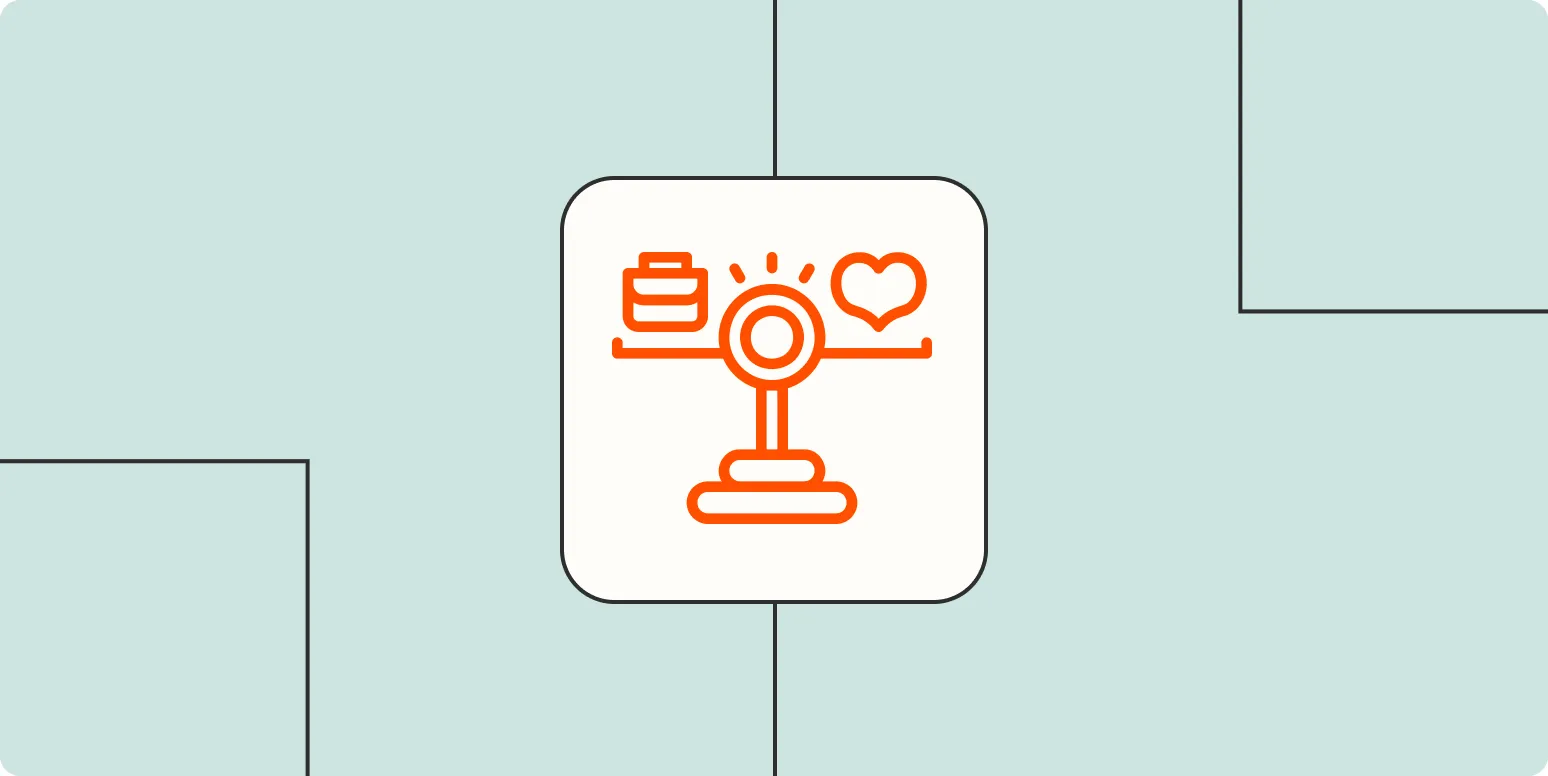Understanding Task Prioritization
Effective task prioritization is crucial for productivity and success in both personal and professional realms. With numerous responsibilities vying for attention, mastering the art of prioritization can streamline efforts and enhance outcomes. Below, we will explore ten proven task prioritization techniques, complete with a handy chart for quick reference.
1. The Eisenhower Matrix
The Eisenhower Matrix divides tasks into four categories based on urgency and importance:
| Quadrant | Tasks |
|---|---|
| Urgent and Important | Do these tasks first |
| Important but Not Urgent | Schedule these tasks |
| Urgent but Not Important | Delegate these tasks |
| Not Urgent and Not Important | Eliminate these tasks |
This technique helps focus on what truly matters, ensuring that you address the most critical tasks at the right time.
2. ABCDE Method
The ABCDE Method involves categorizing tasks as follows:
- A: Very important tasks that must be done today.
- B: Important tasks that should be done soon.
- C: Nice to do but not urgent tasks.
- D: Tasks that can be delegated.
- E: Tasks that can be eliminated.
This method allows for clear prioritization based on the significance of each task, promoting effective time management.
3. MoSCoW Method
The MoSCoW Method uses four categories to prioritize tasks:
- M: Must have
- S: Should have
- C: Could have
- W: Won't have (this time)
This framework is particularly useful in project management, assisting teams in defining their priorities clearly.
4. Pareto Principle (80/20 Rule)
The Pareto Principle suggests that approximately 80% of results come from 20% of efforts. Identifying the tasks that yield the highest impact can help in focusing on what truly drives success.
5. The Ivy Lee Method
The Ivy Lee Method encourages individuals to:
- At the end of each day, write down the six most important tasks to accomplish the next day.
- Rank them in order of importance.
- Focus on the first task until it is completed before moving on to the next.
This technique promotes daily focus and clarity in task management.
6. Time Blocking
Time blocking involves allocating specific chunks of time to different tasks. By scheduling time for each task, you can enhance focus and productivity while minimizing distractions.
7. Kanban Method
The Kanban Method visualizes tasks using a board with columns representing different stages of progress. Tasks move through stages, making it easy to track progress and prioritize effectively.
| Stage | Description |
|---|---|
| To Do | Tasks that need to be completed |
| In Progress | Tasks currently being worked on |
| Done | Completed tasks |
This method enhances visibility and collaboration among team members, ensuring everyone is aligned on priorities.
8. The 1-3-5 Rule
The 1-3-5 Rule suggests choosing one big task, three medium tasks, and five small tasks to accomplish each day. This balanced approach helps in maintaining motivation while ensuring that significant tasks are not overlooked.
9. RICE Scoring Model
The RICE scoring model evaluates tasks based on four criteria:
- R: Reach - How many people will this task affect?
- I: Impact - What is the potential impact of this task?
- C: Confidence - How confident are you in your estimates?
- E: Effort - How much time will this task take?
By calculating a score for each task, you can prioritize projects based on their potential value.
10. Personal Preference
Sometimes, prioritization can be influenced by personal preference. Understanding your strengths, weaknesses, and interests can help you choose which tasks to tackle first, based on what you enjoy or excel at.
Conclusion
Mastering task prioritization techniques is essential for enhancing productivity and achieving goals. Whether you choose the Eisenhower Matrix, the ABCDE Method, or any other approach, the key is to find a system that works for you. Implementing these strategies will not only help in managing tasks effectively but also in reducing stress and improving overall efficiency.





